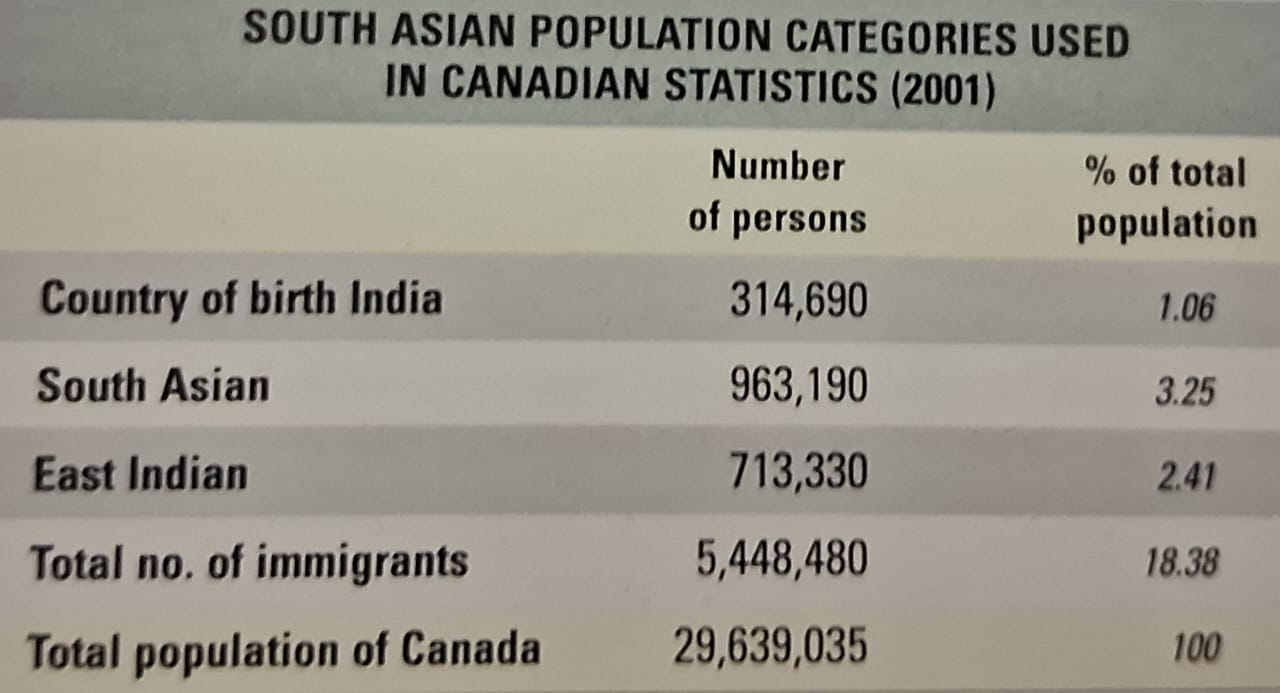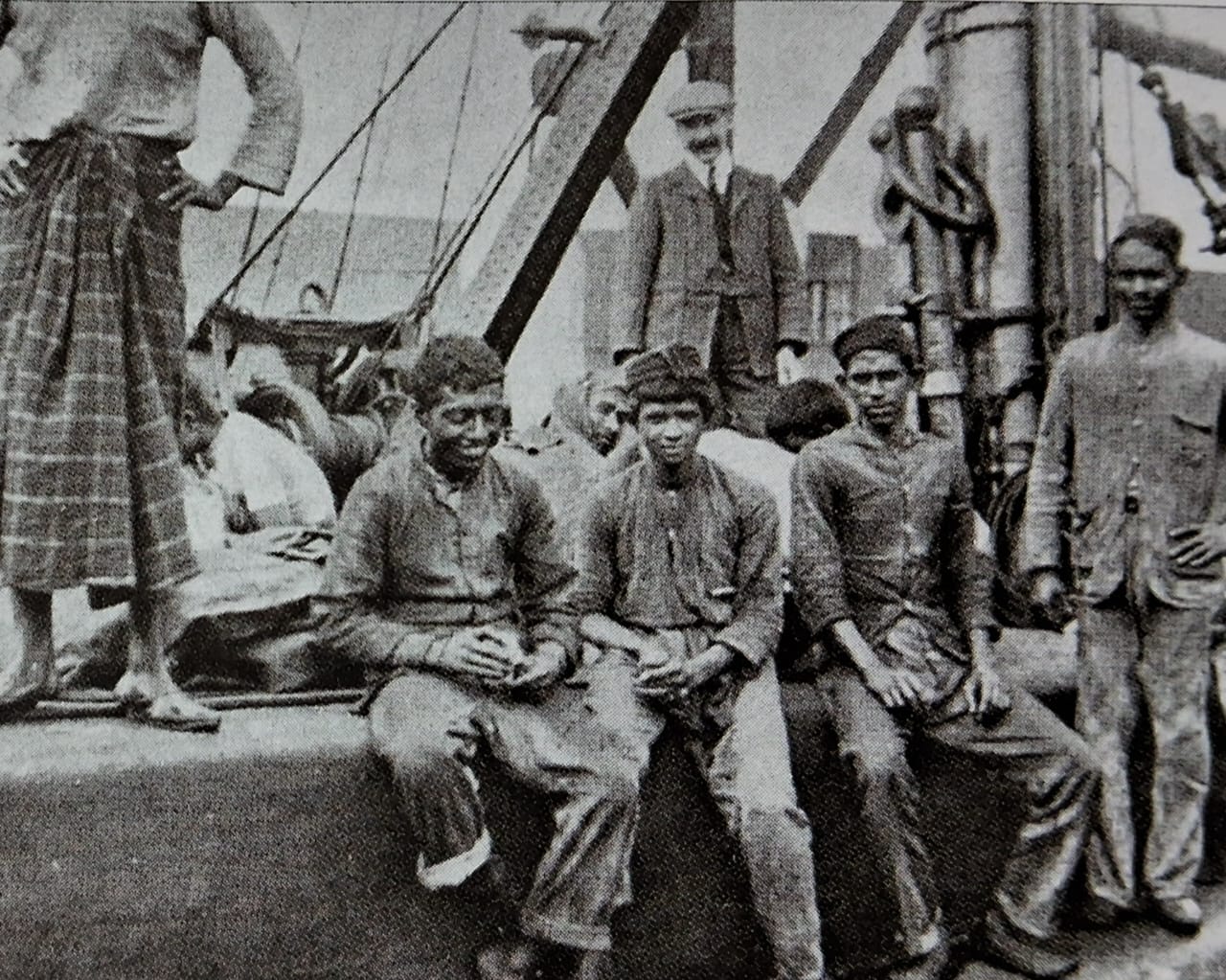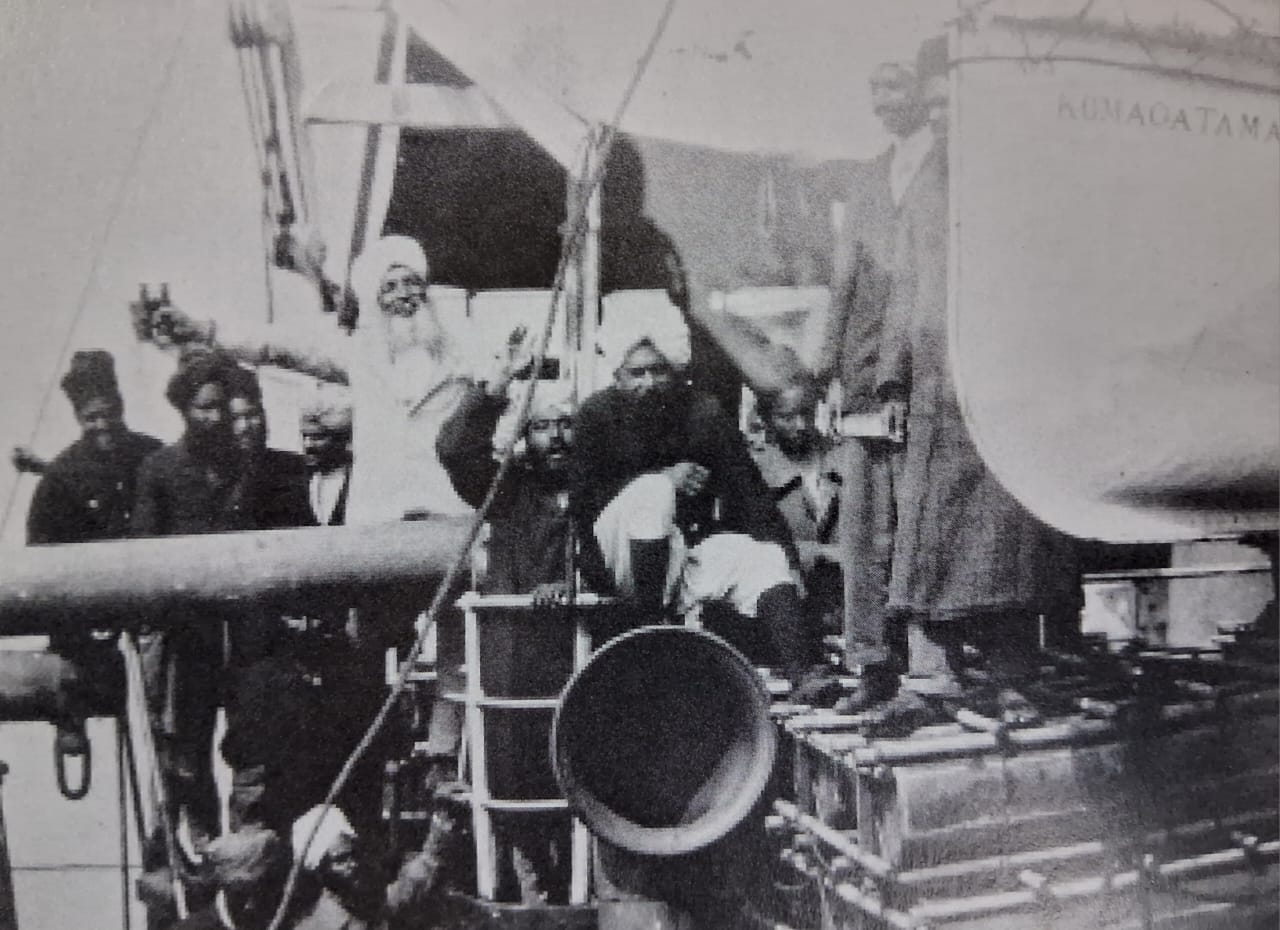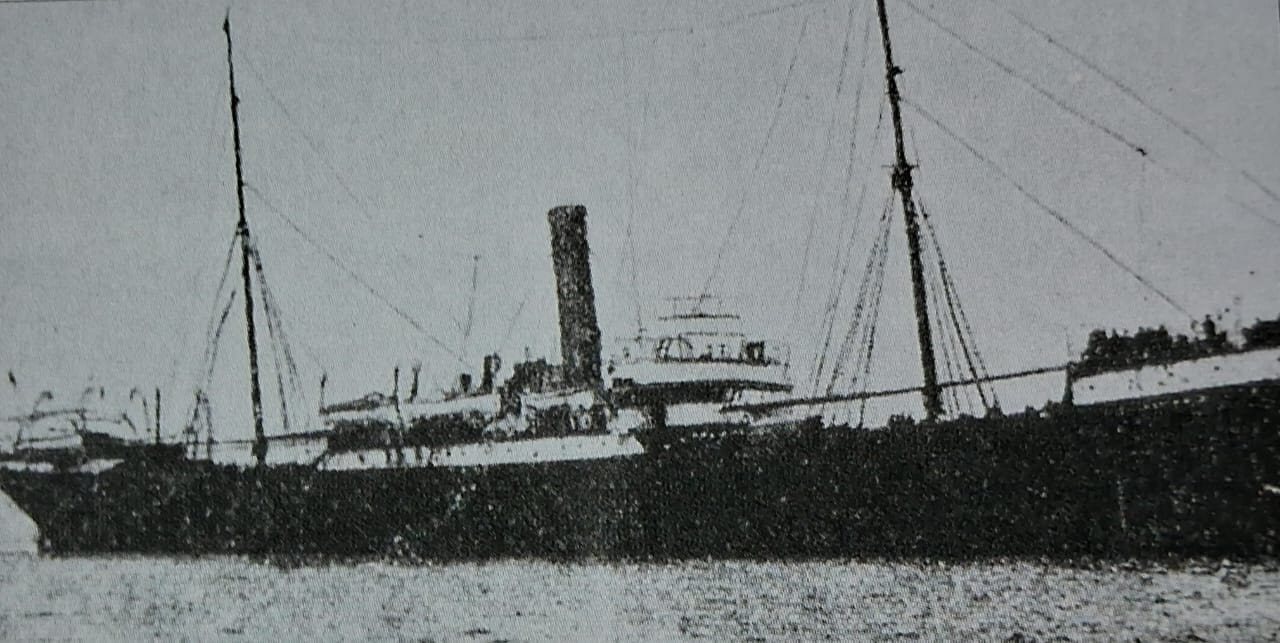Indo-Canada Chamber of Commerce (ICCC)
Business
Business
Indian migration to Canada dates back to the early years of the twentieth century when Infian soldiers working for the British army in the Far East heard stories about job opportunities in Canada and ventured to go there. About the same time a contingent of Indian soldiers sent in June 1887 to England for Queen Victoria’s Jubilee celebrations were returned home via Canada. The overwhelming majority of these early Indian emigrants to Canada were Sikhs and almost all of them settled in British Columbia. By 1094 there were about 100 Indians in Canada. However there was rapid increase in their numbers between 1905 and 1908 over 5000 Indians entered Canada. After the restrictive immigration policy of the Canadian Government introduced in 1908, the number of new Indian immigrants declined sharply. From 1909 to 1920 only 118 were admitted in Canada. The continuous voyage regulation was passed in 1908 and this put a check on Indian emigration into Canada as there was no line of steamships playing between India and Canada. The Komagata passengers were denied entry into Canada in 1914 due to this regulation. Nevertheless, the regulation continued until 1947.

Indo-Canada Chamber of Commerce
More Information
The year 1947 marked a new beginning in Indo-Canadian relations as well as Canadian immigration policy. Franchise was restored to Indians in Canada as free and equal citizen. In 1951,India and Canada signed a special agreement whereby, under a fixed quota system, 150 Indians were allowed to enter Canada each year. This quota was increased to 300 in 1957 and remained in force until December 1968 when the new immigration regulations known as ‘point system’ was introduced. Under this scheme, individual qualifications of the immigrants, rather than colour, race or nationality were considered more important. Under the quota system, Indian population in Canada increased from about 2,200 in 1951 to more than 6000 in 1961 and about 45,000 in 1970. In contrast to the main adult male, ex-peasant or ex-soldier migrant of pre-World War II, the volume of professionally qualified individuals, skilled/semi-skilled laboureres, and entrepreneurs with families increased steadily. Canada also became a study destination for Indian students and so many students settled down there as professionals after completion of their education.
The economic profile of the Indian community did not improve significantly until after the arrival of the second wave of immigrants during 1947-68, and the third wave of immigrants since 1969. According to the Census 1996,of the total foreign -born population of Canada 4.7% were born in India. Contemporary, Indian community in Canada is economically prosperous, politically active and a visible minority. All these factors have led to remittance, investment, transfer of technology and skills from Canada to India. The Indo-Canadian involvement in development projects in India through non-governmental organisations was also significant. Today India has emerged as largest fifth economy of the world and one of the best places for global investment. India has become a power house of tech and talent. Today 40% of world’s real time digital payments take place in India. As a sequel, the horizon of Indo-Canadian business relations are expanding steadily with incremental pace.
A priority market for Canada in 2021,India was Canada’s 14th largest export market, and 13th largest trading partner overall.
Canada export to India was UD $ 2.39 Billion during 2021 according to the United Nations COMTRADE database on international trade
India is a priority market for Canadian business. More than 600 Canadian companies and organisations have established presence in India. The High Commission of Canada in India is headquartered in New Delhi with Consulates in Bengaluru, Chandigarh and Mumbai, as well as trade offices in Ahmedabad, Chennai, Hyderabad and Kolkata.
Quality Indian products are in demand in Canada. India is also importing a lot of products from Canada. The volume of bilateral trade is increasing gradually.
India and Canada are negotiating an Early Programme Trade Agreement (EPTA) as a first step towards Comprehensive Economic Partnership Agreement (EPTA) which will increase bilateral trade manifold.
India and Canada work closely in multilateral flora, such as, International Civil Aviation Organisation (ICAO), United Nations, Public Alliances, United Nations Educational, Scientific and Cultural Organisation (UNESCO) and World Trade Organisation (WTO).

Distribution of East Indian Population In Canadian Cities

South Asian Population Categories Used In Canadian Statistics '2001'

A group of Indian lascars photographed relaxing at East India dock in London prior to their journey, c.1908. After spending lengthy periods at sea, many were known to have jumped ship' upon their arrival at ports in England and elsewhere to seek employment ashore.


